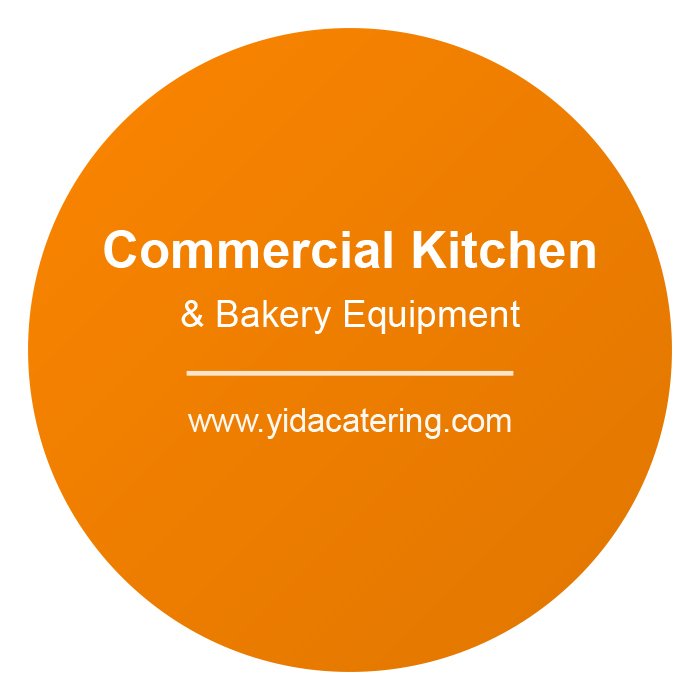Selecting the right fruit and vegetable processing machine is a critical decision for any business in the food processing industry. Whether you’re running a small-scale operation or managing a large production facility, the equipment you choose can significantly impact your efficiency, product quality, and profitability. With an array of options available in the market, it’s important to assess your needs carefully and make an informed decision. In this blog post, we’ll guide you through the key factors to consider when choosing the best fruit and vegetable processing machine for your business.
1. Understand Your Business Needs
The first step in selecting the right machine is to evaluate your specific business requirements. Consider the following questions:
- What types of fruits and vegetables will you be processing? Different machines are designed for different raw materials. For example, peeling machines for potatoes differ from those for citrus fruits.
- What is your production capacity? Determine how much output you need daily, weekly, or monthly to meet customer demand.
- What processes do you need? Common processes include washing, peeling, slicing, dicing, juicing, drying, and packaging. Understanding your workflow will help you identify machines that align with your operations.
By defining your needs clearly, you can narrow down your options and focus on equipment that meets your specific requirements.
2. Evaluate Machine Features and Specifications
Once you’ve outlined your needs, research the features and specifications of different machines. Here are some key aspects to consider:
- Capacity: Ensure the machine can handle your desired volume of produce without bottlenecks.
- Versatility: Some machines are multi-functional and can perform several tasks, which may save space and reduce costs.
- Durability: Look for machines made from high-quality materials like stainless steel to ensure longevity and resistance to corrosion.
- Ease of Use: User-friendly interfaces and automated features can streamline operations and reduce the need for extensive training.
- Energy Efficiency: Machines that consume less energy can lower operational costs in the long run.
Pay attention to these details to ensure the machine aligns with your production goals and operational preferences.
3. Consider Food Safety Standards
Food safety is paramount in the fruit and vegetable processing industry. Ensure that the machine you choose complies with local and international food safety standards, such as FDA (Food and Drug Administration) or HACCP (Hazard Analysis Critical Control Point) certifications. Machines should be easy to clean and maintain, with minimal risk of contamination during operation.
4. Assess Space Requirements
Before purchasing any equipment, evaluate the available space in your facility. Some machines are compact and designed for small-scale operations, while others require significant floor space. Ensure that the machine fits comfortably in your production area without overcrowding or hindering workflow.
5. Compare Costs and ROI
While price is an important factor, it shouldn’t be the sole determinant in your decision. Instead, consider the total cost of ownership (TCO), which includes:
- Initial purchase price
- Installation costs
- Maintenance expenses
- Energy consumption
- Lifespan of the machine
Additionally, calculate the return on investment (ROI) by assessing how the machine will improve efficiency, reduce labor costs, or increase production capacity over time. A slightly higher upfront cost may be justified if the machine offers long-term savings.
6. Research Reputable Manufacturers
Choosing a reliable manufacturer is just as important as selecting the right machine. Look for manufacturers with a strong track record in the industry and positive customer reviews. Reputable companies often provide better warranties, after-sales support, and spare parts availability.
Don’t hesitate to ask for references or case studies from other businesses that have used their machines. This can give you valuable insights into the performance and reliability of their products.
7. Test Before You Invest
Whenever possible, request a demonstration or trial run of the machine before making a purchase. This allows you to evaluate its performance under real-world conditions and ensure it meets your expectations. Testing can also reveal potential issues or limitations that may not be evident from product specifications alone.
8. Plan for Scalability
As your business grows, so will your production needs. Choose a machine that can accommodate future expansion or integrate seamlessly with additional equipment. Scalable solutions can save you from having to replace machinery as your operations evolve.
Conclusion
Investing in the right fruit and vegetable processing machine is a crucial step toward optimizing your business operations. By understanding your needs, evaluating machine features, ensuring compliance with food safety standards, and considering long-term costs, you can make a well-informed decision that benefits your business in the long run. Take the time to research reputable manufacturers and test equipment before committing to a purchase.
Remember, the right machine isn’t just an expense—it’s an investment in efficiency, quality, and growth. With careful planning and consideration, you’ll be well on your way to selecting equipment that drives success for your business.

